Recently, Black Lives Matter has inspired me to revisit The Hunger Games. The stories we tell are far more than escapism. In this case, Suzanne Collins imagines a worst-case scenario. This is not on accident. Dystopian novels spawn from the possible results of a very real present.
The Hunger Games
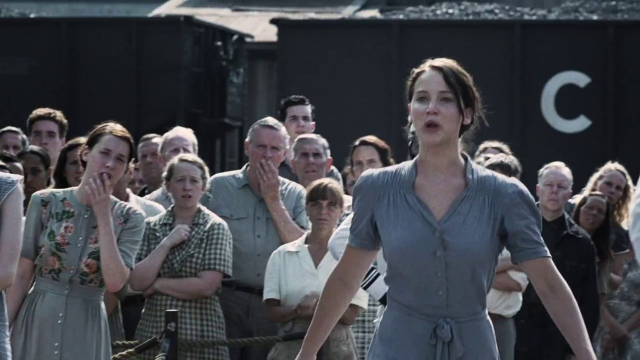
The Hunger Games serve as a reminder of a past civil war, honoring and reminding a nation—Panem—of the atrocities that came before peace. Each district offers a 12–18-year-old male and female to serve as tributes, who will fight with each other to the death, resulting in one victor. This process is called the reaping (use your intuition to consider the meaning of this word). Tributes are chosen randomly from a lottery of all eligible citizens, but anyone who fits the age requirements may volunteer.
There are twelve districts. District 1 is at the capital, full of wealth. Tributes from this district have ample time to train and find it an honor to volunteer. They historically win the Games.
District 12, where Katniss Everdeen lives, suffers intensely from poverty and hunger. Katniss’s last words to Gale in the film before she is sent to the Games is “please don’t let them starve.” (She is referring to her family here.)
Citizens of Panem have an option to trade goods and food for additional entries into the lottery. That is, you could gain a week’s rations for entering your name into the lottery for a second, third, fourth, etc. time. Gale, when we first meet him, has put his name into this lottery 42 times.
Racism in fandom
There is very little that I do not like about the book-to-movie translation of The Hunger Games. However, there is one aspect of the films that upset me from the moment I heard the news of the casting: its whitewashing.

Amandla Stenberg
The outer districts are composed mostly of dark-skinned people. Gale and Katniss are both described—clearly—as dark-skinned. The film whitewashes this, casting Jennifer Lawrence and Liam Hemsworth. Rue is also very clearly described as Black.
When the film came out (2012), so did the racists, on Twitter and elsewhere. Some professed to like the movie less, or at all, due to Rue and others as Black. See more detailed examples on Jezebel here or Komo News here.
That readers dismissed these descriptions, or simply ignored them, is an example of the contemporary white imagination: white readers are inclined to imagine characters they sympathize with to look the way they do.
It is important to draw a parallel between the all lives matter and the Black Lives Matter conflict here. When Katniss fights for District 12, no readers or viewers were concerned about the integrity of District 1. When Katniss proclaims “if we burn, you burn with us,” no one responded with “when the looting starts, the shooting starts.” No one said, “but what about the people in District 1!”
Presently we have organizations like Black Lives Matter that was created from tragic acts of violence against youth in our Black communities. It was founded in 2013 in response to the acquittal of Trayvon Martin’s murderer. And whose mission is to eradicate white supremacy and build local power to intervene in violence inflicted on Black communities by the state and vigilantes.
Lack of sympathy and concern is not just fiction
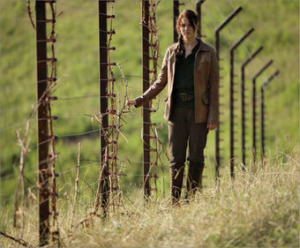
Let’s also take a moment to consider the economic structure of Panem: District 12 mines coal, District 11 harvests agriculture, District 10 farms cattle, District 9 grows grain, District 8 produces textile, and District 7 manages lumber. These industries employ essential workers, like our own during COVID-19.
The atrocious concept of a lack of sympathy and concern is not just fiction. The historic murder of Black folks at the hands of police and the lack of its media coverage is the real-world manifestation of this horrifying sentiment. If a person is not white, I am unconcerned with the violence they suffer.
We love to root for the underdog—characters who are victims of structural violence, oppression, and abuse—in fiction. Overthrowing the capitol in The Hunger Games was a victory, not an infringement on “all lives.” BIPOC folks are the real-life manifestation of District 12.
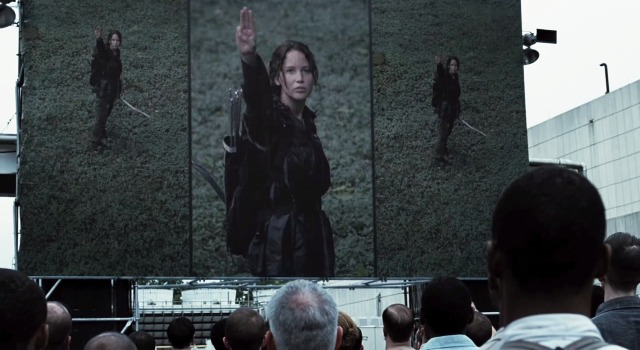
As far as I can tell, readers who root for Katniss are proponents for dismantling a capitalist structure that abuses the labor of BIPOC and the impoverished population. People who root for Katniss should be rooting for #BLM.
The terrifying part is that they aren’t.
Thank you for your consideration.
Black Lives Matter.
For more check out:
List of info on educating yourself on Racism and becoming Anti-Racist
List of Books by Black Authors to Introduce to Your Children
Help Support Temple of Geek
Temple of Geek is a fan run and organized website! You can help support Temple of Geek by sharing our articles and posts on social media or by shopping our Tee Public and RedBubble Shops. You can also purchase from the Amazon links on our website. Temple of Geek is an Amazon Associate and earns a commission from qualifying purchases.
 Temple of Geek Teeshirt from TeePublic Now Available
Temple of Geek Teeshirt from TeePublic Now Available
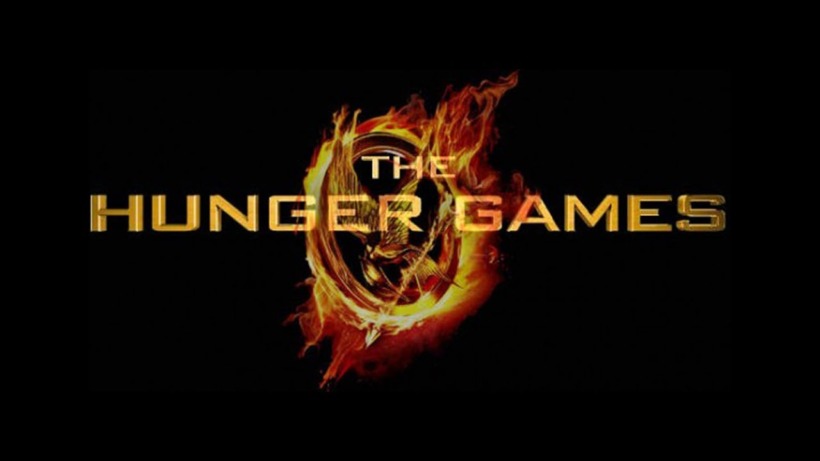
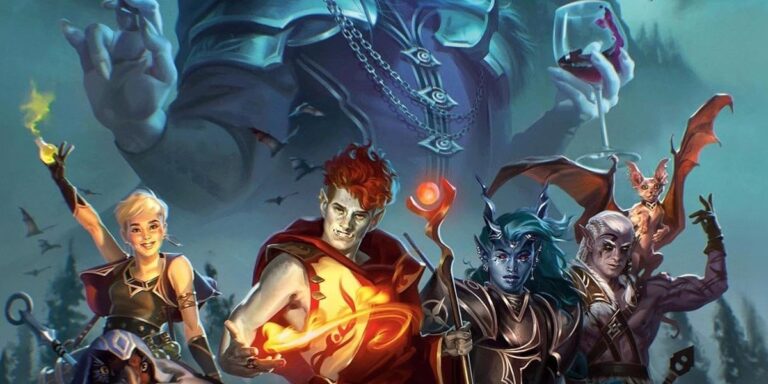
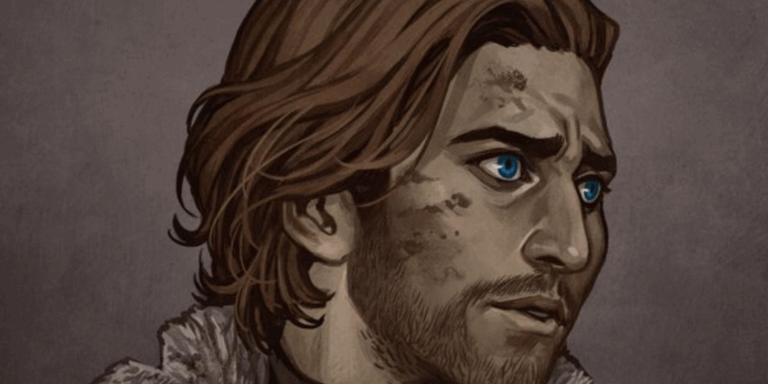


![“[Lou Wilson] Might Die!” Siobhan Thompson Teases Dimension 20 Live: Battle At The Bowl](https://templeofgeek.com/wp-content/uploads/2025/05/Dimension-20-Battle-At-The-Bowl-header-768x384.jpg)

